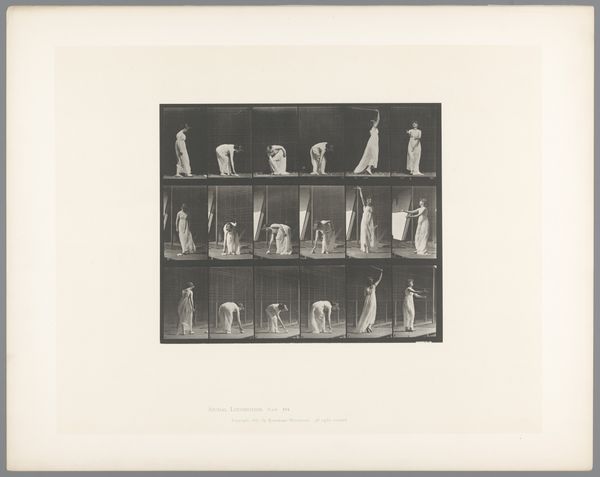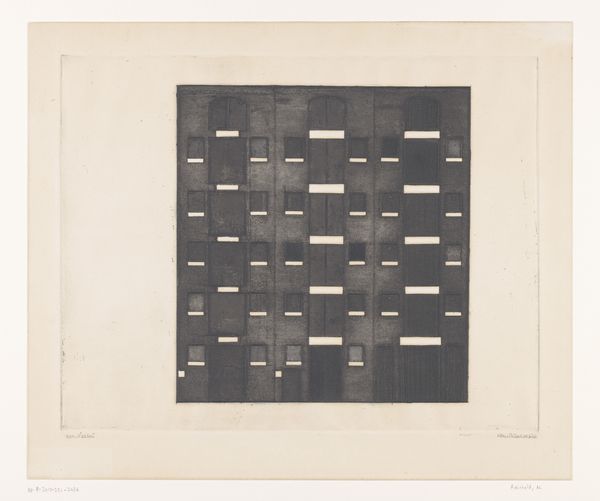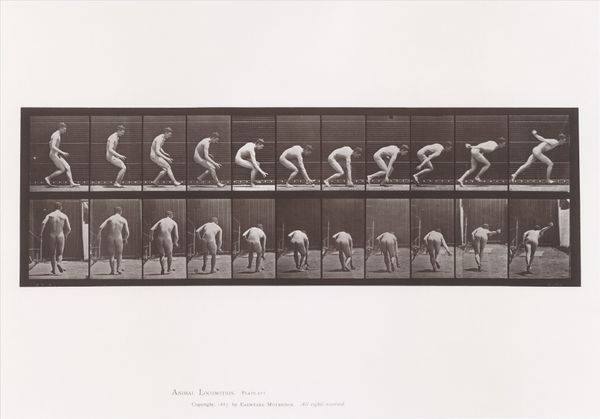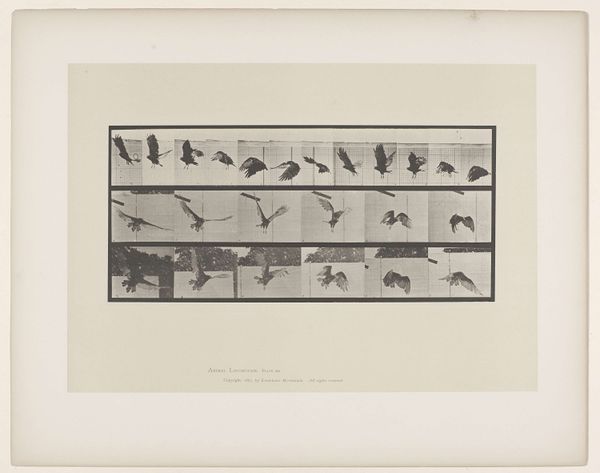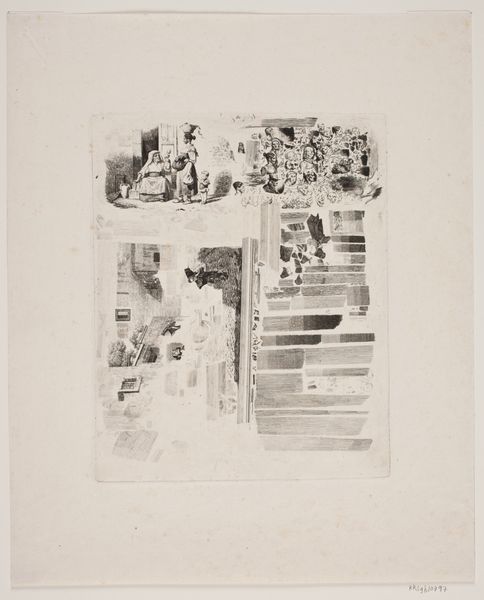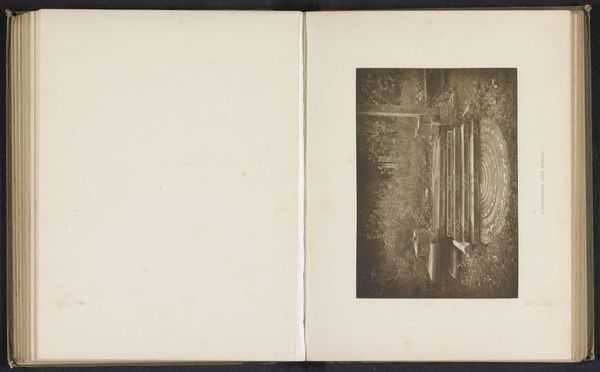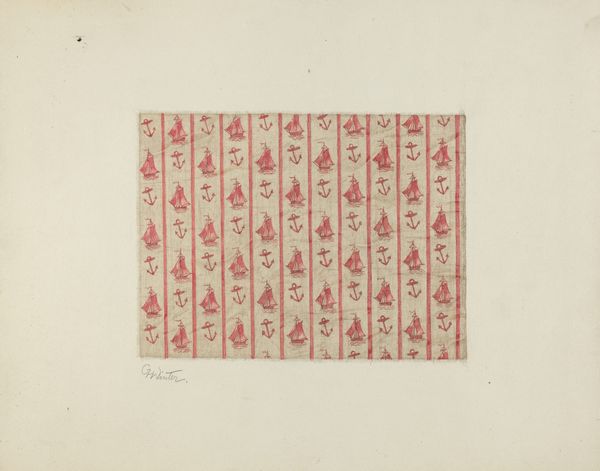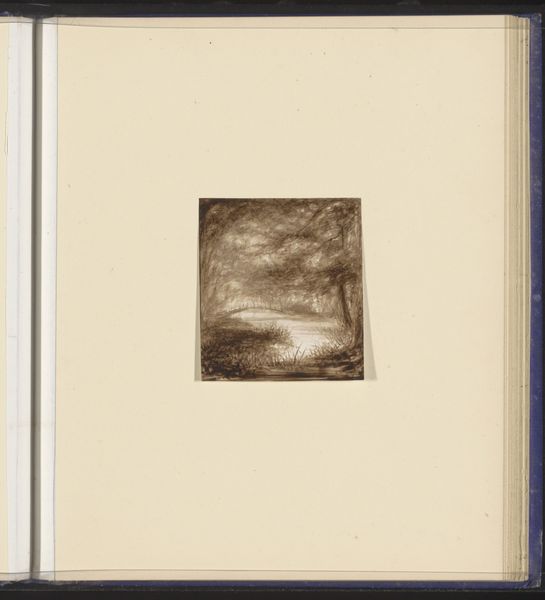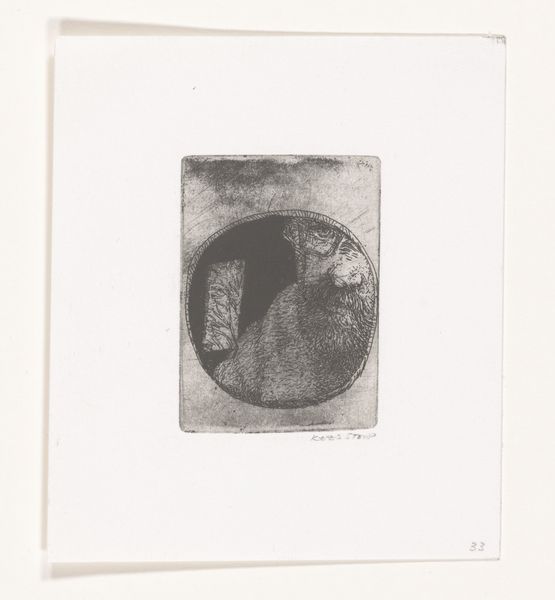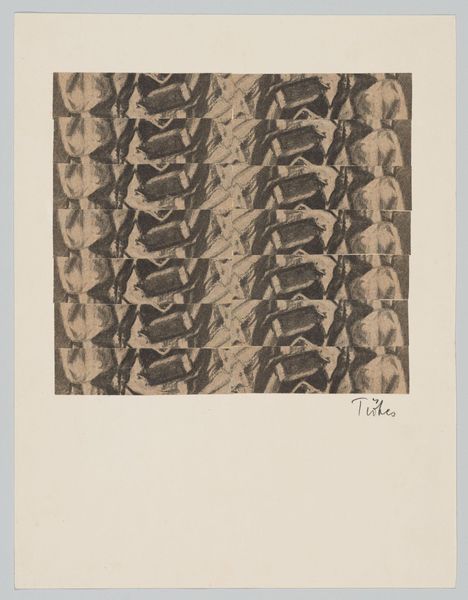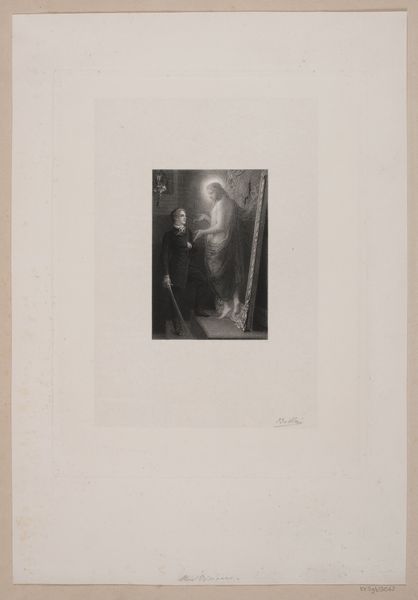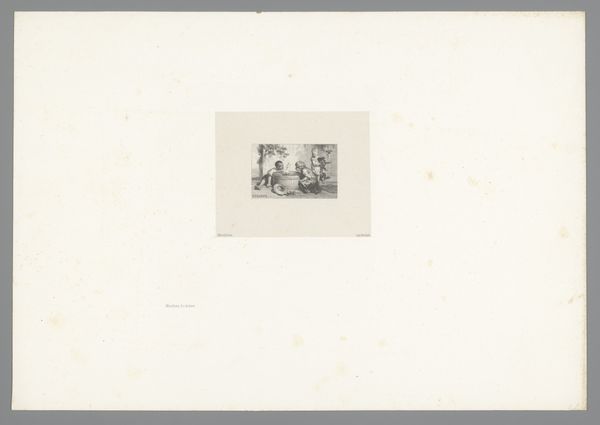
photography, gelatin-silver-print
#
portrait
#
impressionism
#
figuration
#
photography
#
gelatin-silver-print
#
genre-painting
#
academic-art
Dimensions: height 347 mm, width 220 mm, height 483 mm, width 613 mm
Copyright: Rijks Museum: Open Domain
Curator: Eadweard Muybridge's 1887 gelatin-silver print, titled "Man Making Various Movements", is before us. What is your initial response to this rather scientific array of photographs? Editor: Immediately, I'm struck by the image's rhythmic quality. The repeated figure creates a sense of implied motion that almost anticipates film. The symbolism of the body and action here, isolated, really speaks to a yearning to decode human potential. Curator: It is an incredible testament to Muybridge’s radical experimentation. Here we witness photography employed to dissect the mechanics of human motion at a time of burgeoning scientific inquiry into the body. Its historical context cannot be ignored. What meaning did a scientific depiction of a nude man hold then? Editor: The symbol of the nude male figure has deep roots, extending to classical ideals of masculine form, virility and athleticism. Seeing it subjected to this level of detached analysis creates an interesting tension. What narrative underpins each movement, or how can our understanding of embodied labour or gender expression inform our viewing of the subject, and Muybridge's project here? Curator: Indeed. I am particularly intrigued by what the chosen actions signify within a Victorian framework obsessed with both control and expression. The series of photographs seems determined to catalog these movements but on whose terms, and for whose gaze? Editor: Absolutely. And considering the legacy of such images in shaping future technologies of motion—cinema, animation—this man becomes an archetype in the machine age. Each image has distinct symbolic implications – whether he’s jumping, rising, or moving something… the narrative fragments invite different emotional interpretations in light of technological development. It would be intriguing to know about his own personal circumstances as well, or see his form cast into alternate narratives and historical movements. Curator: The man within this photographic sequence assumes a significance far beyond the individual; and beyond his agency, the symbolic potential of each gesture is a site where cultural expectations about masculine physicality and productivity are tested. Editor: His movements echo, and the potential of technology reveals the layers that bind us together.
Comments
rijksmuseum about 2 years ago
⋮
While Muybridge initially limited his studies of motion to a horse galloping, he later branched out and experimented with other animals and people. This resulted in the publication of Animal Locomotion in 1887, which included 781 plates of moving horses, elephants, lions, storks, other animals, and people. He had them walk, run, and fly a fixed track, and set up banks of cameras to record their motion.
Join the conversation
Join millions of artists and users on Artera today and experience the ultimate creative platform.
